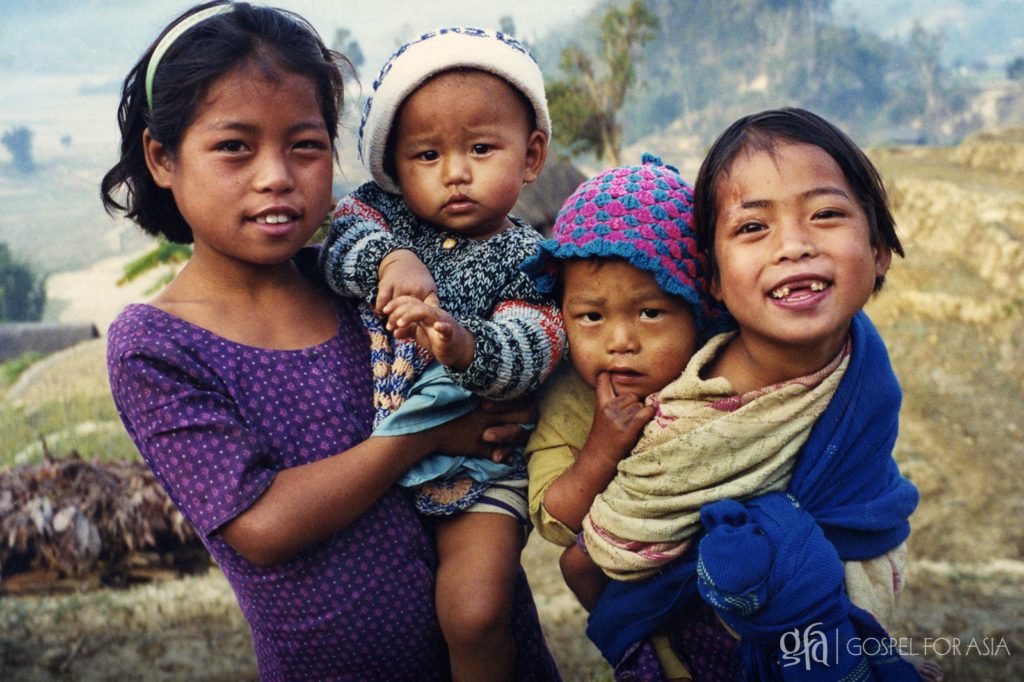 PHOENIX – Gary Edmonds, President of Food for the Hungry (FH) has responded to a recent study sponsored by Grey Matter Research and Opinions4Good (Op4G). The Donor Mindset Study provided many interesting insights, one of which is that 54% of child sponsorship donors think it is “mostly a gimmick to get donations” and that donations do not directly affect the sponsored child.
PHOENIX – Gary Edmonds, President of Food for the Hungry (FH) has responded to a recent study sponsored by Grey Matter Research and Opinions4Good (Op4G). The Donor Mindset Study provided many interesting insights, one of which is that 54% of child sponsorship donors think it is “mostly a gimmick to get donations” and that donations do not directly affect the sponsored child.
Edmonds defended child sponsorship programs saying “Sponsorship is more than (a gimmick). The big thing that sponsorship does is, yes, it helps donors to connect in personal, meaningful ways, but it has a major impact on the children and the families of those children where the children have been sponsored by somebody from another country or another context.”
To wit, the study itself concluded that there is a plethora of perceptions on how child sponsorship works. Although “most feel it’s credible and legitimate,” they “don’t fully understand how it works.”
“Three out of four donors believe that despite what sponsorship organizations claim, the money given doesn’t really help one child – instead, it is used for the charity’s overall programs. While the major sponsorship organizations all pool sponsor funds to assist a larger project or community in a way that also helps the individual sponsored child, there are varying levels of transparency about this. Some organizations openly promote this, while others barely mention it. This appears to be causing confusion for many donors.”
Food for the Hungry, Compassion, and World Vision, for example, do not send checks directly to children or their families. Rather, they combine sponsor donations to ensure that the root causes of their vulnerability within their own communities are addressed in a way that improves their quality of life and their chances for a brighter future. Their practice is that same as most child-sponsorship NGOs, including Gospel for Asia (GFA).
On the other hand, a direct sponsor-to-child relationship is created via personal correspondence. The child and the family received the benefits from the NGO’s local entity, but the family is completely aware that the funds for their food, education, and healthcare are being provided by an individual or family who is providing for them through the sponsoring organization. Each child is matched with one sponsor.
Edmonds noted that the pooling of the financial resources is essential to accomplishing the task of bringing help and hope to individual children. In each organization, “You’re going to get a photograph. You’re going to get something of a biographical sketch of the child, the family, [and] the community where they’re at. You’re going to become known by the child and in the process, the child is going to know you. They’re going to see you as a person who cares for them, who is expressing love.”
Edmonds said that “We have found that where there is child sponsorship…actually, hope rises. They have a growth in [their] sense of self-worth. They have a sense that they can make a difference in their community and in their own lives.”
Some of the known impacts of a sponsored child living in poverty include that they are
- 27% to 40% more likely to finish secondary school
- 50% to 80% more likely to complete a university education
- 14% to 18% more likely to have salaried jobs as adults
- 35% more likely to have white-collar employment as adults
- 30% to 75% more likely to be community leaders
- 40% to 70% more likely to be church leaders
Cynthia Colin of World Vision spoke frankly:
“Child sponsorship isn’t a gimmick.
It is a tangible way to help transform a life.”
Sources:
- Mission Network News, Child sponsorship: It’s not just a “gimmick”
- Christianity Today, What Current, Past, and ‘Never’ Child Sponsors Think
- The University of Chicago Press Journals, Does International Child Sponsorship Work? A Six-Country Study of Impacts on Adult Life Outcomes
- Plan International, About Us
- Food for the Hungry, Ending Poverty Together
- Grey Matter Research & Consulting, Sponsorship.
Image Source:
- Gospel for Asia, Photo of the Day




